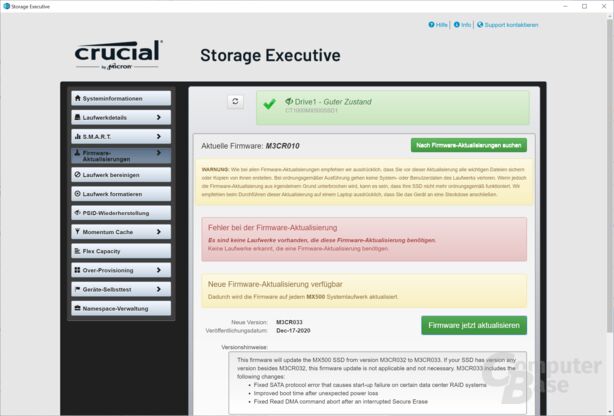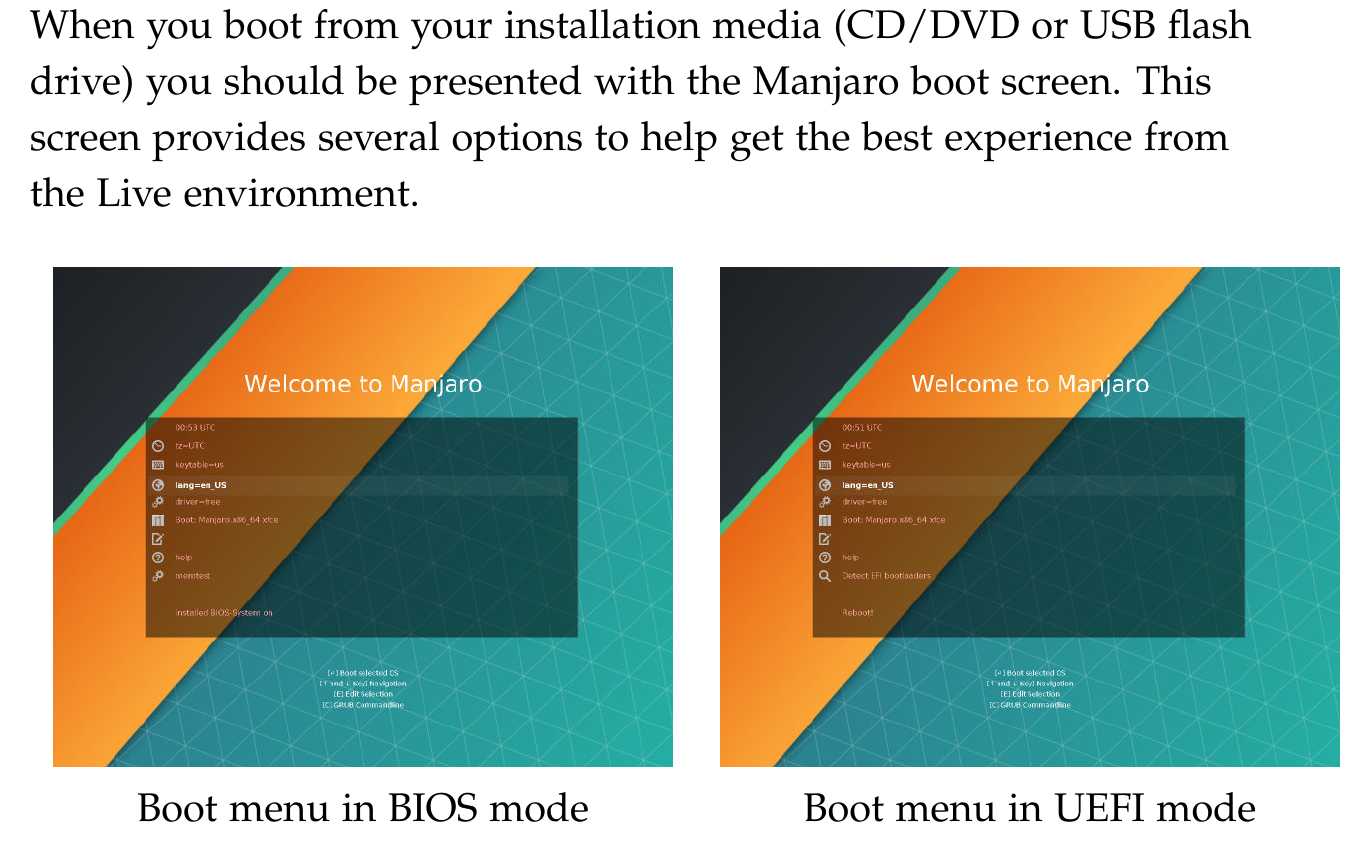

- #RUFUS ISO VS DD HOW TO#
- #RUFUS ISO VS DD 64 BIT#
- #RUFUS ISO VS DD WINDOWS 7#
- #RUFUS ISO VS DD FREE#
- #RUFUS ISO VS DD WINDOWS#
shredos.x8664 - Shredos Disk Eraser 64 bit for all Intel 64 bit processors as well as processors from AMD and other vendors which make compatible 64 bit chips. The entire updated list can be found on its official site in section 2 " Non-exhaustive list of ISOs Rufus is known to work with. When comparing MediaWriter and Rufus you can also consider the following projects: Ventoy - A new bootable USB solution.
#RUFUS ISO VS DD WINDOWS#
It also has an extensive list of supported ISOs, to name a few: all recent Microsoft Windows OS versions (Windows Server 2016, Windows 10, Windows 8.1, Windows 8, Windows 7, Windows Vista, Windows XP from SP2+), popular Linux distro (Ubuntu, CentOS, Fedora, Debian etc.), custom programs (GParted, Parted Magic, Hiren's Boot CD) and even some newer operating systems such as ReactOS.
#RUFUS ISO VS DD WINDOWS 7#
According to the author, Rufus is faster than other similar tools such as UNetbootin, Universal USB Installer or Windows 7 USB download tool. If you need help, you can access the FAQ section here, to report an issue you can use the GitHub issue tracker or attempt to get in touch with the author. Currently, there are 37 supported languages. Note : You need Microsoft Windows 7 or later (both 32-bit and 64-bit versions will work) to run Rufus. A casper-rw partition can be added to make the Live USB persistent. Step 3: Make sure the Boot Selection option is set to Disk or ISO image then click. All files and folders are accessible from Windows or from Linux. It is not an official mirror - if you prefer, you can download Rufus from its official homepage here. Rufus 'Write in ISO image mode vs write in DD image mode' Writing in ISO image mode extracts the image to the FAT32 formatted USB.
#RUFUS ISO VS DD FREE#
Important: This page is offering a copy of Rufus binaries and FossHub Team maintains it - please feel free to verify the file signatures. The most common cases for Rufus is when you need to create a USB installation media from a bootable image (disk image of an optical disc), use an external USB device on an operating system that doesn't have an OS installed, run a low-level utility, flash a BIOS or firmware from DOS. Rufus is mainly a Bootable USB Creator but alternatives to it may also be. Other great apps like Rufus are balenaEtcher, YUMI, dd and Ventoy. The best alternative is UNetbootin, which is both free and Open Source. Rufus is also maintained and regularly updated.Rufus is a free, open-source tool that will help you to format and create bootable USB devices such as flash drives, pen drives, memory sticks, etc. There are more than 50 alternatives to Rufus for a variety of platforms, including Windows, Linux, Mac, and Android. After this, you can remove your USB Drive and use it to boot whatever you want.Īnd there you have it. You can copy many files at a time and ventoy will give you a boot menu to. With ventoy, you dont need to format the disk over and over, you just need to copy the ISO/WIM/IMG/VHD (x)/EFI files to the USB drive and boot them directly. The Green Bar at the Bottom indicates when the process is done. Ventoy is an open source tool to create bootable USB drive for ISO/WIM/IMG/VHD (x)/EFI files. Now the Image will be written on your USB Drive, this can take a couple of Minutes, depending on the size of the Image. For example, if you try to boot from your USB Drive that was written in ISO Image Mode, and it doesn't boot, try to re-create the Image with DD Image Mode.įinally, confirm with OK that all Data on the USB Drive will be erased in the Imaging Process. In rare occasions, you have to choose DD Image mode. If that is the case, always confirm with Yes.Īfter confirming, leave Write in ISO Image mode checked and click on OK. Sometimes, there can be a warning that a Newer Version of Syslinux is available. Click START to start the imaging process. Make sure your USB Drive is selected under Device. Insert a USB Drive with sufficient space and start Rufus. Issue the following command (replace /dev/sdx with your drive and path/to/ubuntu.iso with the actual path to the ISO file you want to flash): dd bs 4M if path / to / ubuntu.iso of / dev / sdx status progress oflag sync.

Step 3 - Create Bootable USB Drive with Rufus To create a bootable Linux USB with dd: Open your favorite terminal emulator.

To create Bootable USB Drive (s), you need to download a. Step 2 - Download the Image you want to Installĭownload the Image file you want to Create a Bootable USB Drive with. Go ahead and download Rufus from their Website.

Step 1 - Download Rufus to Create Bootable USB Drive (s) But without further Ado, let's get into it. There are cases where you need to use something like WIN32 Disk Imager, but they are seldom. I personally use Rufus for years and always had the best experience with it. By far the fastest Method, on Windows at least, is using the Free Tool Rufus. Working in IT, we need to Create Bootable USB Drive (s) all the time. Now it's time to write an Article solely for this purpose (So I can just link to it in the future).
#RUFUS ISO VS DD HOW TO#
How many Articles have I written that described how to Create a Bootable USB Drive. In this Article, you learn to Create Bootable USB Drive (s), the easy way.


 0 kommentar(er)
0 kommentar(er)
